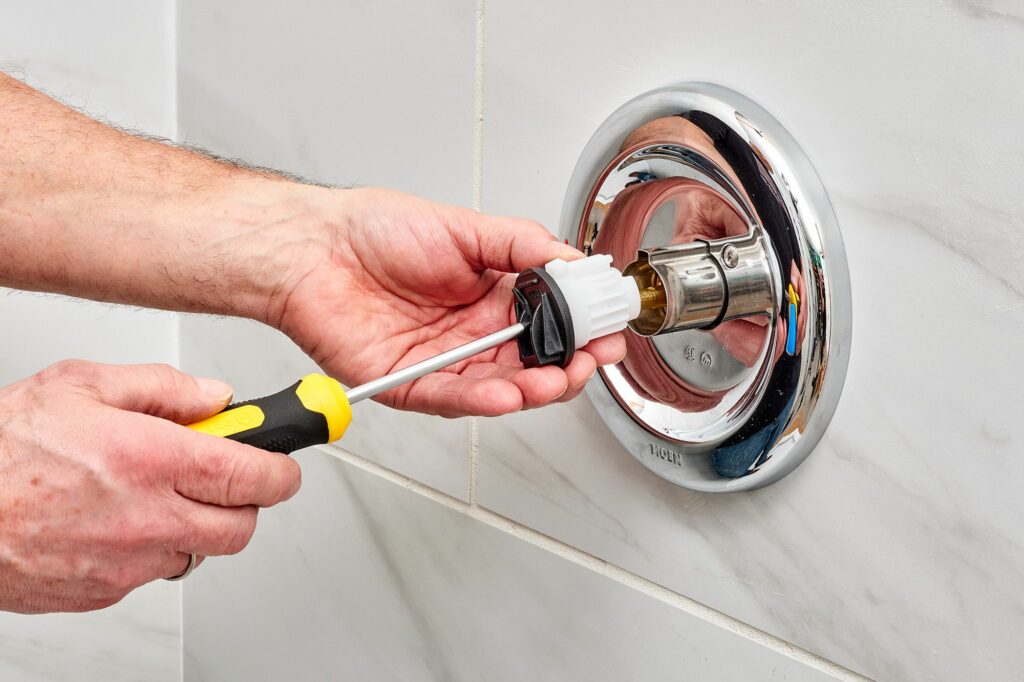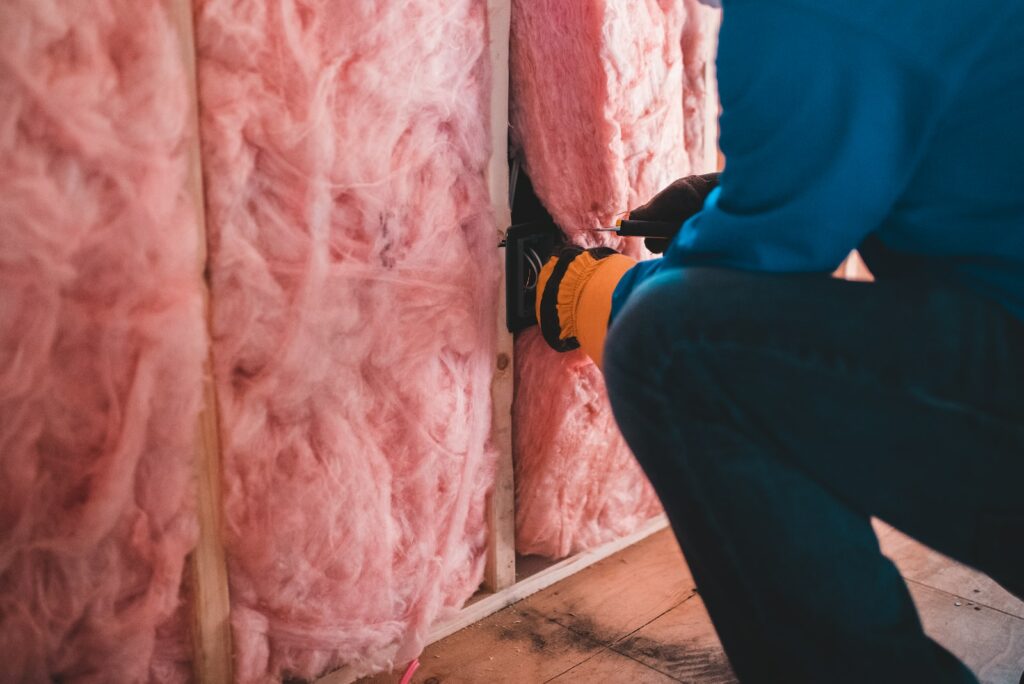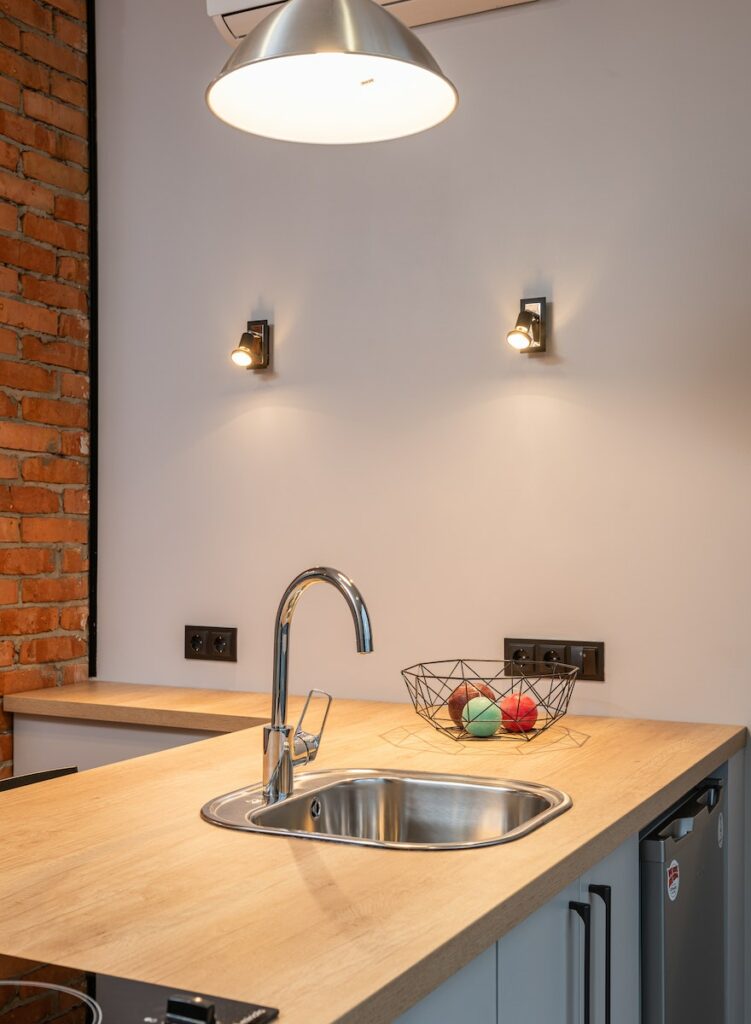How to Install a New Toilet Flange: A Step-by-Step DIY Guide
When a toilet flange is damaged, leaking, or cracked, it can lead to serious damage in your home. Installing a new toilet flange can help prevent water damage, reduce odors, and keep your toilet working well for years to come. This guide provides step-by-step instructions for installing a new toilet flange so you can get the job done right the first time.
Understanding Your Toilet Flange and its Purpose
Before you start the installation process, it’s important to understand what a toilet flange is and what it does. A toilet flange is the circular piece of metal or plastic that connects your toilet to the floor. It is designed to ensure a watertight connection between the toilet and the drain pipe so that water and waste can flow freely when the toilet is flushed.
Gather the Necessary Tools and Materials
Before you begin the installation process, it’s important to gather all the necessary tools and materials. You will need a new toilet flange and any additional parts necessary for installation, including bolts, screws, and a wrench. You should also have a caulking gun and caulk, pliers, a utility knife, and a drill with the appropriate drill bits.
Preparing the Area for Installation
The first step in the installation process is to prepare the area for the new toilet flange. Begin by turning off the water supply to the toilet and emptying the bowl and tank. Once the toilet is empty, unscrew the nuts at the base of the toilet and remove it from the floor. Use a utility knife to cut away any sealant or caulk that is on the floor.
Next, remove any existing flange that is still attached to the pipe. This can be done by unscrewing the bolts that are connecting the flange to the pipe. Once the old flange is removed, use a wire brush or other abrasive tool to clean the area where the new flange will be installed. This will help ensure a tight seal between the flange and the pipe.
Installing the New Toilet Flange
Now that the area is prepared, you can begin installing the new toilet flange. Start by positioning the flange in the area where it will be installed. Make sure that the flange is level and securely attached to the floor using the appropriate screws or bolts.
Once the new flange is secure, seal the connection between the flange and the pipe using caulk or another sealant. This will help ensure a tight seal and prevent water leakage.
Reinstalling the Toilet
Once the new flange is installed, you can now reinstall the toilet. Start by positioning the toilet in its original spot, and then carefully lower it onto the flange. Make sure the flange is properly positioned and that the toilet is level. Finally, screw or bolt the toilet to the floor and you’re finished.
Time and Cost Estimates
Installing a new toilet flange is a relatively simple process that can usually be completed in a few hours. The amount of time and cost will depend on the type of toilet flange you choose. Generally, you can expect to pay between $30 and $100 for the materials and tools necessary for installation.
Precautions
When installing a new toilet flange, it is important to take a few precautions to ensure the job is done correctly. Make sure that the flange is level and securely attached to the floor before sealing the connection between the flange and the pipe. It’s also important to use the proper caulk or sealant to ensure a tight seal and prevent water leakage. Finally, make sure to always wear safety glasses and gloves when working with any tools or materials.
Conclusion
Installing a new toilet flange is a relatively straightforward process that can help prevent water damage, reduce odors, and keep your toilet functioning for years to come. By following the steps in this guide, you can get the job done correctly and avoid costly repairs in the future.





















